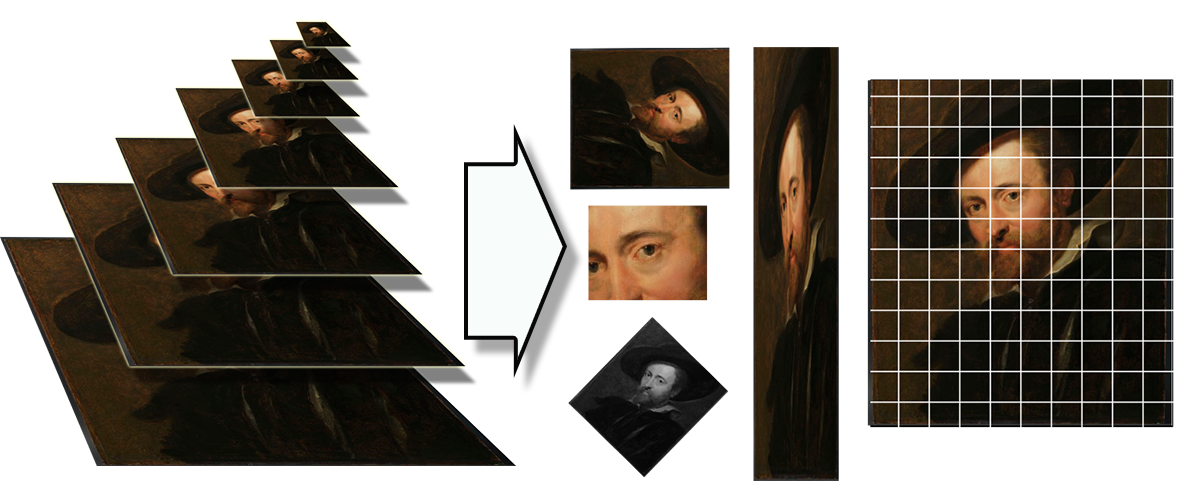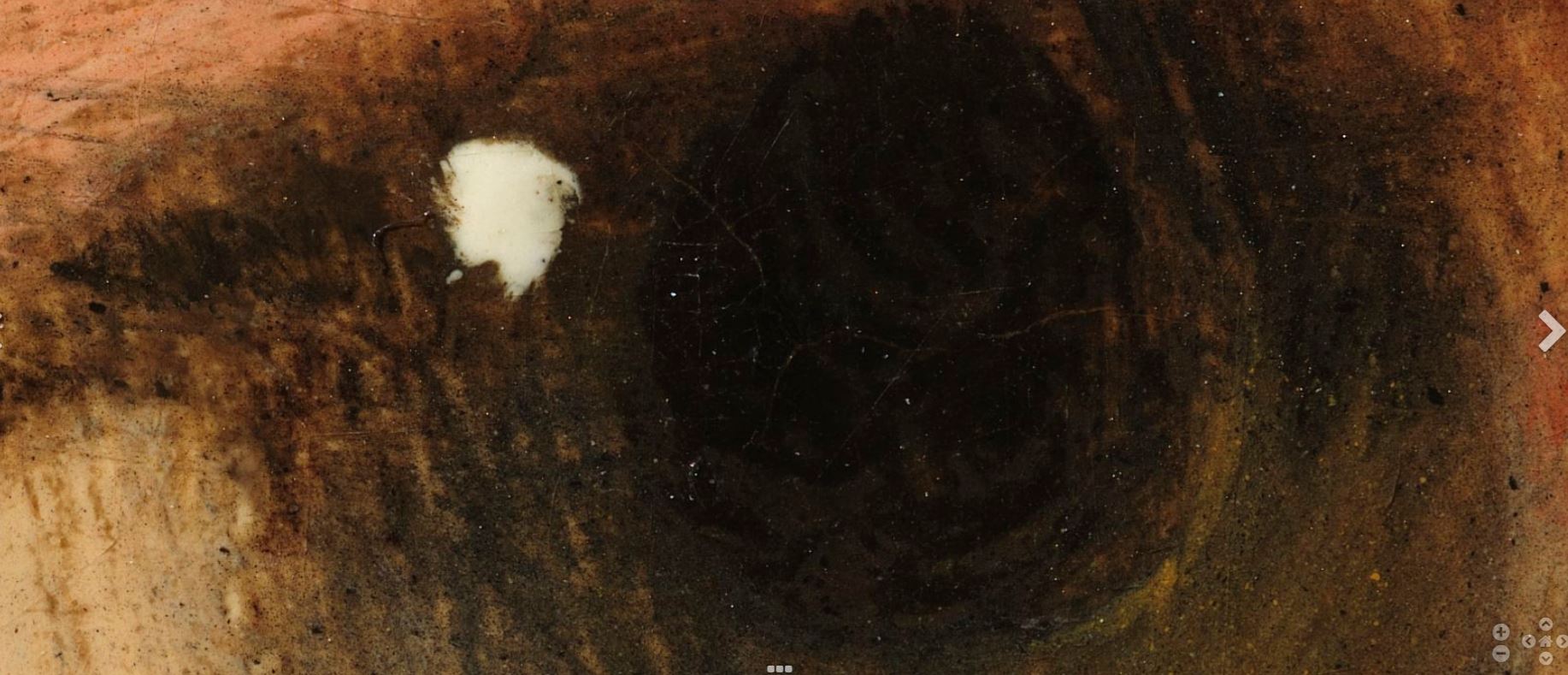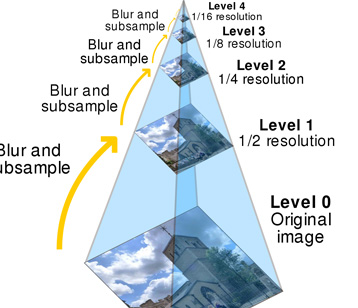One of our goals in HESCIDA is to make our collection of high-resolution photos (1.000.000+) available through the standardized International Image Interoperability Framework (IIIF) protocol. This change will allow us to more easily share our images and enable us to integrate existing IIIF-compatible tools for advanced study and research of images.
Our collection site BALaT will be the first to make use of IIIF for it’s images.
Fluid high-resolution zooming
Due to our IIIF-compatibility, we will have several high-resolution zooming viewers we can choose from, to have a fluid and user-friendly experience.
Zooming – Able to zoom into the tiniest details of an image.
Thumbnails – Easily switch from one image to another with a thumbnail list
Mobile – works on mobile phones and due to IIIF does not consume a lot of mobile internet traffic
The viewers can be integrated in multiple projects without having to copy images to each project, the images are always loaded from the same source.
Comparing of High Resolution images
Aside from normal viewers, more specialized viewers have been developed that allow for detailed study of images. Some of these specialized viewers allow for comparing of images in high resolution and due to the nature of the IIIF standard as an open access standard, our viewers will not be limited to comparing images out of our own collection, but any collection supporting IIIF.
Windows – multiple windows can be organized into the workspace to compare 2 or more images at the same time.
No presets – You will be free to choose whichever images to compare from the entire collection
Personal library – a personal library of images can be selected in advance to import into the compare workspace.
Annotations

Other tools will allow for annotations to be added and viewed on the high resolution images.
This can range from pinpointing locations for which scientific analysis has been done and add information/links from this analysis to adding annotations to create an interactive storyboard that travels through the high resolution image while explaining the content of the image.
It could also be used to crowd-source information about images, by letting the public annotate parts of an image and add information about it.
Open Access and flexibility
IIIF’s main purpose will allow other organisations to access our images without having to download a copy. Any organisation which uses IIIF compatible viewers will be able to integrate our collection’s images with ease, as will we ourselves with their collection’s images, making IIIF the ideal sharing and open access protocol for images.
Any image from the collection can be returned into any custom size requested dynamically, there is no longer a need to generate and store derivates of images for use in applications.
A web-based cropping tool can also be used to export specific parts of an image from a high resolution original, which would be complicated to do for normal users without specialized software for very high resolution images.







